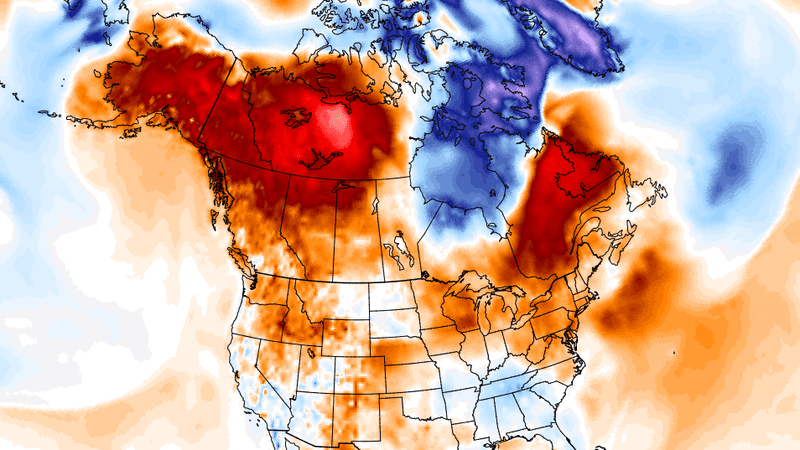It
Was 70 Degrees in Alaska This Week

21 March, 2019
Forget Cancun. Spring break in Alaska is where it’s at. Bizarre March warmth has engulfed the Frontier State, setting an all-time temperature record in the latest manifestation of a new climate gripping the Arctic.
On Tuesday, Klawock, Alaska topped out at 70 degrees Fahrenheit. That marks the earliest 70-degree Fahrenheit day ever recorded in Alaska. The previous record was set just three years ago when Klawock reached 71 degrees Fahrenheit on March 31. In comparison, many cities in the Northeast have yet to crack that mark.
Now Klawock is pretty far south in Alaska, sitting about equidistant between Anchorage and Seattle. But the rest of the state, while not quite as sizzling, has been in the grips of a serious warm wave. In addition to Klawock, at least five other locations set monthly high temperature records according to an analysis by Alaska weather watcher Rick Thoman.
The warm weather led organizers to cancel the Tok Race of Champions dog sled race, which takes place about 250 miles northeast of Anchorage. Organizers said that the “unprecedented warm weather” had made “trails unsafe for Mushers and their dogs by this weekend.” This marks only the second time the event has been called off.
The heat didn’t stop at the border, either. Record-setting warmth spread over western Canada and the Pacific Northwest as monthly records fellacross British Columbia, Alberta, the Northwest Territories, and the Yukon. And not to be outdone by the 70s in Alaska, temperatures topped 81 degrees Fahrenheit in Quillayute on Washington’s Olympic Peninsula and 79 degrees Fahrenheit in Seattle. Both are all-time March records.
The spurt of of warm weather has been ushered by what meteorologists call an omega block. It happens when an area of high pressure camps out over a location, forcing the fast flowing river of air that is the jet stream to go around it. On a weather map, it looks like a fancy horseshoe or, if you’re a Grecian alphabet stan, the letter for omega. No matter how you describe it, the pattern keeps warm air locked in over the location under high pressure and is a classic setup for breaking heat records. Heat is forecast to keep the region roasting into next week so it’s possible more records could fall.
This week’s heat wave is symptomatic of the much larger shift afoot driven by carbon pollution. And it’s far from the worst impact we could see in the coming years.



No comments:
Post a Comment
Note: only a member of this blog may post a comment.